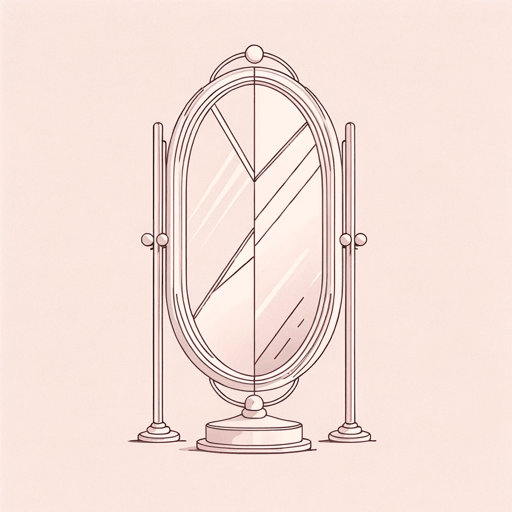47 pages • 1 hour read
Robert BlochPsycho
Fiction | Novel | Adult | Published in 1959A modern alternative to SparkNotes and CliffsNotes, SuperSummary offers high-quality Study Guides with detailed chapter summaries and analysis of major themes, characters, and more.
Background
Cultural Context: Ed Gein and Film Adaptations
Content Warning: This guide describes and analyzes the source text’s treatment of trauma, abuse, and mental health. The novel contains stigmatizing depictions of cross-dressing and an individual with a mental health condition, which relies on outdated and offensive tropes that connect mental health with violence.
Psycho’s cultural impact has a strong link to Alfred Hitchcock’s 1960 adaptation, a film that shocked contemporary audiences and remains a classic of horror cinema and an example of Hitchcock’s use of suspense. The scene of Mary Crane’s (Marion Crane in the film) murder in the shower, set to a frenetic string soundtrack written by composer Bernard Herrmann, is one of the most iconic and parodied scenes in film history. Actor Janet Leigh reportedly could not take showers for years after filming this scene, fearful that an intruder would try to make life imitate art. Norman Bates, the titular “psycho,” a cross-dressing serial killer, is the poster child of psychological horror, drawing on and contributing to a negative cultural perception of cross-dressing and mental health conditions. Hitchcock, who often used literature as source material for his films, along with Universal Studios, seized adaptation rights for Bloch’s novel almost immediately after its publication. All the twists for which Hitchcock received praise in his film derive from the novel—a testament to the power of Bloch’s plotting.

